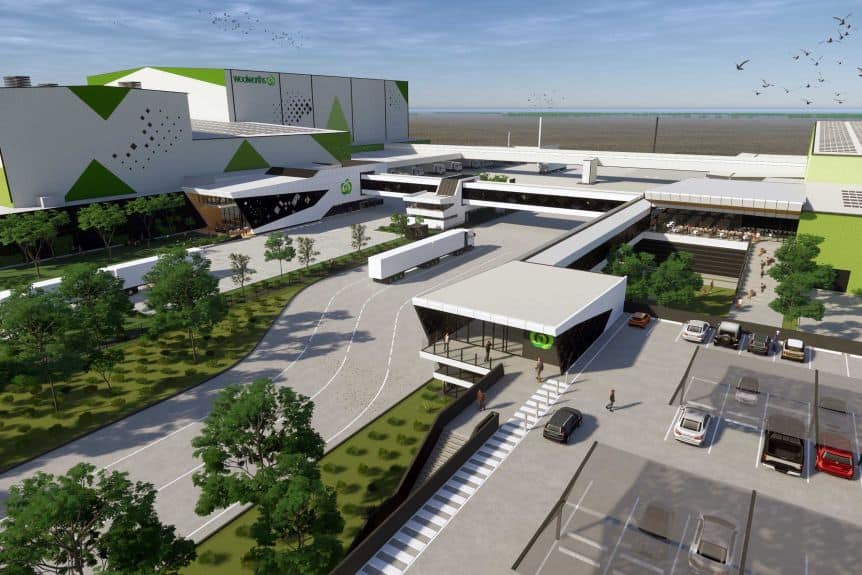Retailer Woolworths is going to cut about 700 jobs in it warehousing operation over the next few years as it moves to more modern, automated processes.
Jobs are to be lost at warehouses in Minchinbury and Yennora in Sydney, and Mulgrave in Melbourne. All three centres are slated for closure in 2025.
However, Woolworths is to keep its current temperature-controlled operations at Minchinbury, which will continue to employ about 460 people.
Existing workers to be redeployed where possible
In all, the three centres employ around 1 350 workers. However, approximately 650 staff will be needed to run the new high-tech distribution operation at Moorebank in the in the south-west of Sydney.
Woolworths says that, where possible, workers at the existing warehouses will be redeployed to Moorebank to run the new automated and semi-automated distribution operation. However, it has set aside $176-million to cover potential redundancy costs for existing staff.
“We’ll look to offer redeployment opportunities wherever possible … at the new Moorebank sites, as well as providing a wide range of support and career transition services to our team well before site closures,” Woolworths chief supply chain officer Paul Graham said.
Unions say the Woolies decision is ‘heartless’
In response to the announcement, unions said Woolworths was “heartless” for wanting to replace warehouse workers with robots after they put in extra effort to see the supermarket giant through the crisis of the pandemic.
“The announcement by Woolworths to replace our members’ jobs with robots is particularly heartless given the back-breaking work our members did to support Woolworths through covid and make them massive profits,” Matt Toner of the United Workers Union said.
“Big companies can’t keep irresponsibly hollowing out good jobs and good wages and conditions,” Toner stated.
He believed the big retailers should pay to upskill and tr” Future jobs must maintain dignity in wages and conditions,” he urged.
Around $780-million invested in new facility
Woolworths is planning to invest $700-780-million in the technology and fit-out of the new distribution centres, which are targeting a five-star green rating. They will boast solar panels, LED lighting and rainwater harvesting.
One of the features will be a rail connection with the Port Botany harbour, which will mean at least 26 000 fewer truck movements per year on Sydney’s roads.












